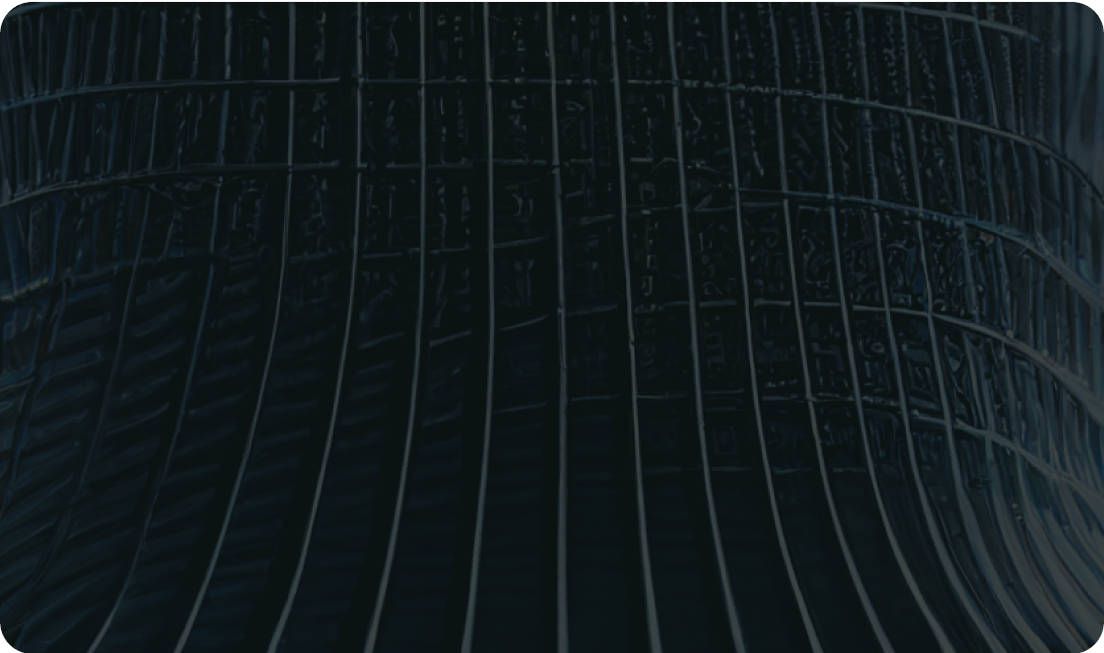MnasNet: Revolutionizing Mobile AI with Efficiency and Accuracy


Google's MnasNet represents a pivotal advancement in mobile artificial intelligence, targeting the creation of models that are both powerful and efficient for mobile use. Traditional convolutional neural networks (CNNs), while effective for a range of applications like image classification and face recognition, often struggle to balance size, speed, and accuracy when adapted for mobile devices.
Previous efforts, including MobileNet and MobileNetV2, have made strides towards optimizing mobile models, yet manually achieving efficiency remains a complex challenge.
MnasNet introduces an AutoML-based approach, leveraging reinforcement learning in neural architecture search to craft models specifically designed for mobile constraints. By incorporating mobile speed requirements directly into its reward function, MnasNet efficiently navigates the trade-off between accuracy and speed.
This post explores the key features of MnasNet, showcasing its potential to revolutionize mobile computing.
MnasNet, which stands for Multi-Objective Neural Architecture Search Network, is a framework designed to create neural network models that optimize both accuracy and efficiency.
The development of MnasNet by Google’s AI team was motivated by the need for deep learning models that can operate within the constraints of mobile devices, such as limited processing power, memory, and energy. Traditional neural networks, while powerful, often require substantial computational resources, making them impractical for mobile applications.
MnasNet addresses this challenge through an innovative approach called Neural Architecture Search (NAS), which automates the design of models that are both accurate and lightweight.
The MnasNet architecture is specifically designed to optimize for both high accuracy and efficiency, particularly suited for mobile devices. It adopts a multi-objective approach that not only seeks to improve performance metrics such as accuracy but also considers the real-world constraints of mobile deployment, such as latency and computational resources.
MnasNet employs a reinforcement learning-based NAS framework that searches for the optimal architecture by balancing a dual-objective function: maximizing prediction accuracy while minimizing computational cost. The framework evaluates potential architectures based on their performance on a specific task (e.g., image recognition) and their efficiency (measured in terms of latency or power consumption on mobile devices).



- Efficiency and Accuracy: MnasNet architectures achieve a remarkable balance between efficiency and accuracy. They can run faster on mobile devices without significant compromises in performance. This is particularly beneficial for applications requiring real-time processing, such as augmented reality (AR) and voice assistants.

MnasNet only match the ImageNet top 1 accuracy of leading designs but do so with significantly enhanced speed, running up to 1.5x faster than MobileNetV2 and 2.4x faster than NASNet.
The real-world impact of MnasNet is significant. For instance, in image classification tasks on the ImageNet dataset, MnasNet models have demonstrated superior performance to traditional models with a fraction of the computational cost. This efficiency enables more advanced AI features on mobile devices, enhancing user experiences across a variety of applications.
- Flexibility: The MnasNet framework is adaptable to various tasks beyond image recognition, such as natural language processing and video analysis. Its flexible design allows it to be tailored to a wide range of applications and devices.
- Scalability: MnasNet models are scalable, meaning they can be adjusted to fit the computational budget of different devices. This makes MnasNet suitable for a spectrum of mobile devices, from high-end smartphones to more modest hardware.
MnasNet, with its efficient and powerful architecture, has found a wide range of applications across various fields of technology. Its ability to balance high accuracy with low computational costs makes it particularly suitable for deployment in mobile and embedded systems. Here, we explore some of the key applications of MnasNet in modern technology:
MnasNet's architecture is optimized for mobile devices, making it an ideal choice for mobile vision applications such as real-time image and video analysis. Its efficiency enables applications like augmented reality (AR), facial recognition, and live video content analysis to run smoothly on smartphones and tablets without draining the battery or requiring high-end hardware.
In edge computing, data is processed close to the source rather than being sent to distant cloud servers. MnasNet's low latency and high efficiency make it perfect for edge devices, which often have limited computational resources. It enables smarter IoT devices capable of complex tasks like surveillance with real-time object detection, smart home devices with visual recognition capabilities, and autonomous drones or vehicles that require instant decision-making based on visual inputs.
Wearable technology, such as smart glasses and health monitoring devices, benefits significantly from MnasNet's efficiency. It allows these devices to perform tasks like activity recognition, health monitoring through image-based diagnostics, and providing visual assistance without compromising battery life.
MnasNet can also be applied in environmental monitoring systems, where drones or stationary cameras capture real-time data on wildlife, vegetation, or pollution. Its ability to quickly process images on-device helps in tracking changes in the environment, identifying illegal activities like poaching or logging, and monitoring endangered species.
In manufacturing, MnasNet can be employed for quality control by analyzing images of products on the assembly line to detect defects or irregularities. Its fast processing speeds allow for real-time feedback and minimal disruption to the production process.
MnasNet's application in healthcare includes portable diagnostic devices, where it can help in analyzing medical images such as X-rays or ultrasound images on-the-go, providing support in remote areas or emergency situations where access to sophisticated medical imaging equipment might be limited.
With the Ikomia API, you can effortlessly classify your image with MnasNet with just a few lines of code.
To get started, you need to install the API in a virtual environment [2].
You can also directly charge the notebook we have prepared.

List of parameters:
If you are using a MnasNet custom model:
This article has explored MnasNet, a powerful deep learning model, and demonstrated the Ikomia API's role in facilitating the application of MnasNet algorithms.
To dive deeper, explore how to train a classification model like MnasNet your custom dataset →
[1] MnasNet: Platform-Aware Neural Architecture Search for Mobile


